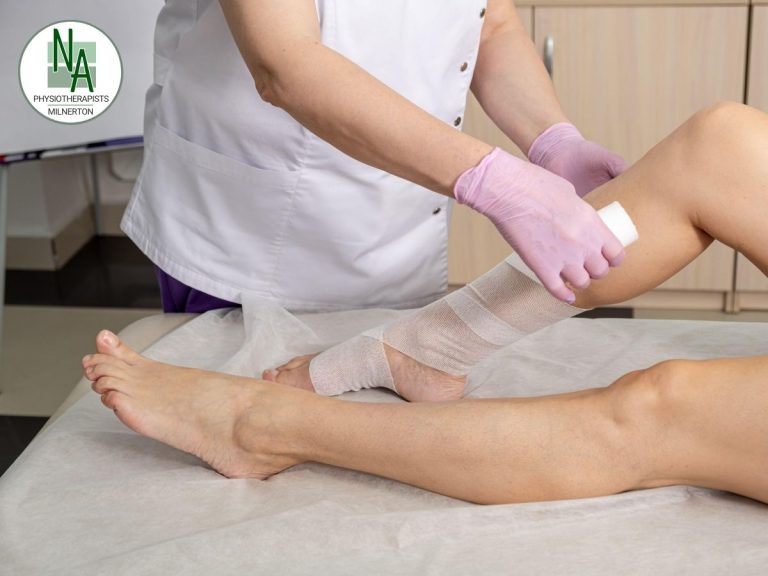The human knee is a remarkable joint that plays a vital role in our everyday movement. Whether you’re walking, running, squatting, or simply standing, your knees are hard at work supporting your body weight and allowing fluid motion. But because they bear so much load and are involved in almost every lower body movement, knees are also prone to common knee injuries.
Basic Knee Anatomy
The knee is a hinge joint formed by three main bones: the femur (thigh bone), the tibia (shin bone), and the patella (kneecap). These bones are held together by a network of ligaments that provide stability and guide motion. The ACL (anterior cruciate ligament) and PCL (posterior cruciate ligament) control front-to-back movement, while the MCL (medial collateral ligament) and LCL (lateral collateral ligament) help with side-to-side stability.
The meniscus consists of two C-shaped pieces of cartilage that sit between the femur and tibia. These act as shock absorbers and help distribute weight evenly through the knee joint. Surrounding muscles, particularly the quadriceps and hamstrings, also play an important role in supporting and moving the knee.
Common Knee Injuries
Some of the most common knee injuries we see include:
- Ligament injuries: Often seen in athletes, especially during sports that involve sudden stops, jumps, or changes in direction. ACL and MCL tears are particularly common.
- Meniscus tears: These can occur during twisting movements or with age-related degeneration. A torn meniscus may cause pain, swelling, or a “locking” sensation in the joint.
- Patellofemoral pain syndrome: Often caused by overuse, poor alignment, or muscle imbalances, this condition leads to pain around or behind the kneecap.
- Tendonitis or bursitis: Inflammation in tendons or fluid-filled sacs around the knee can also lead to discomfort, especially in active individuals.
How Physiotherapy Can Help
Physiotherapy is a highly effective treatment option for most knee conditions. Whether you’re recovering from a sports injury or have recently undergone knee surgery, physiotherapy focuses on restoring strength, mobility, and function while reducing pain.
Treatment typically includes:
- Individualised exercise programs to strengthen the surrounding muscles and improve joint stability.
- Manual therapy such as joint mobilisations or soft tissue massage to relieve stiffness and promote healing.
- Stretching and mobility work to restore full range of motion.
- Balance and proprioception training to reduce the risk of re-injury.
- Education and movement retraining to ensure proper alignment and technique during daily activities.
Physiotherapy can also play a key role in pre-surgical preparation (“prehab”) to improve outcomes and post-operative rehab for conditions like ACL reconstructions or total knee replacements.
We’re Here to Help!
At Nicky Arpesella Physiotherapists in Milnerton, our skilled and friendly team is experienced in treating a wide range of knee injuries, from acute sports trauma to post-surgical rehabilitation and chronic joint conditions. We tailor each treatment plan to your specific needs and goals, helping you get back to doing the things you love—pain-free and with confidence.
If you’re dealing with knee pain or recovering from an injury, don’t wait. Get in touch and book your appointment today—we’re here to help you move better, feel better, and live better.





